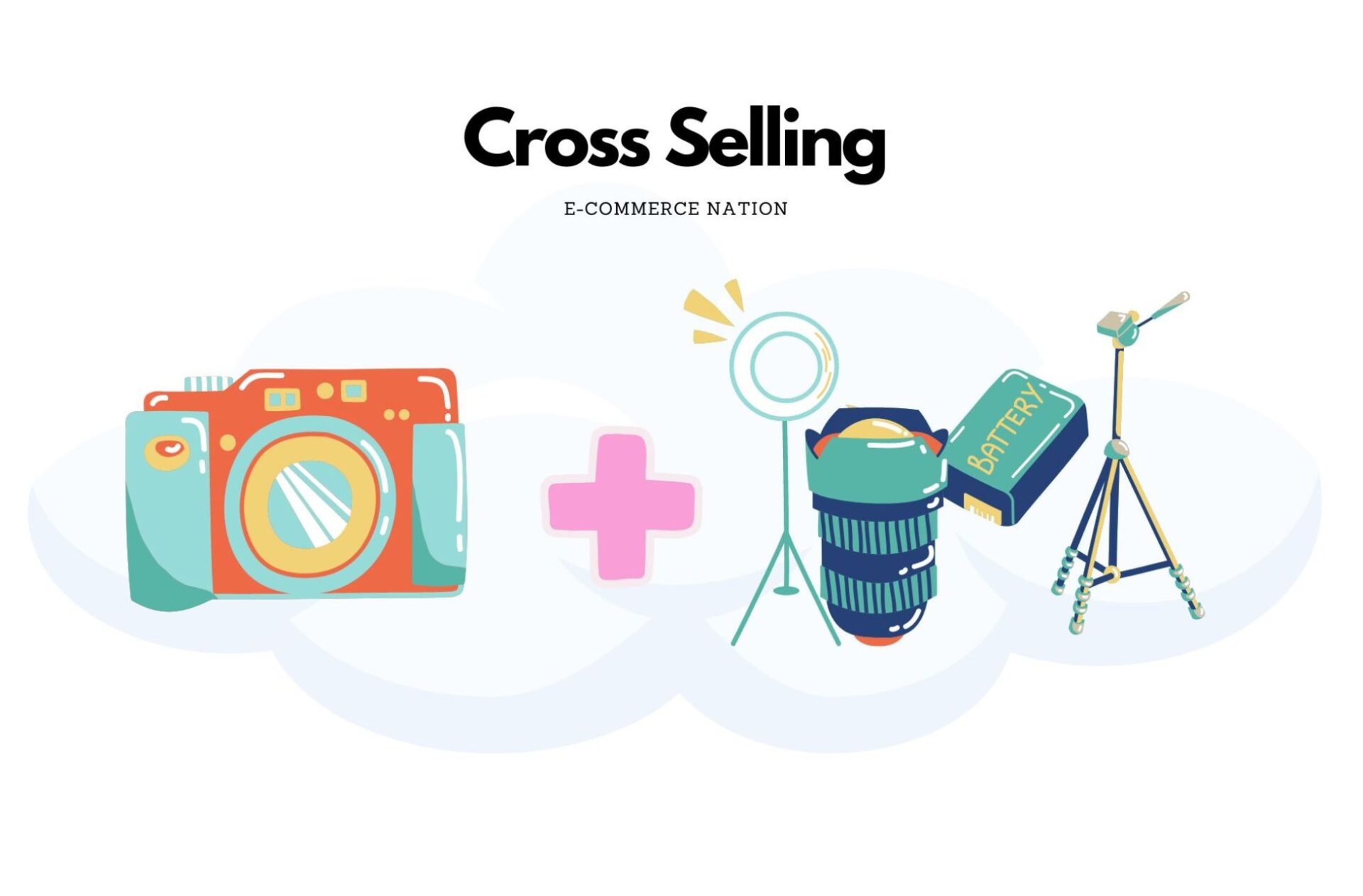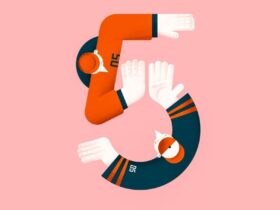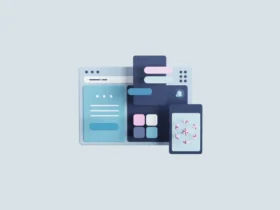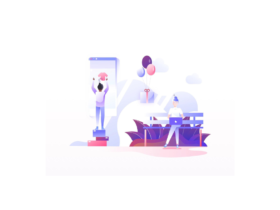Distraction and e-commerce are not friends. You may remember the good old days before this thing we call the Internet. Active days outside playing with friends, turning the crisp page of a new paperback book or twisting your Transformers action figures into death defying new contortions, simulating an epic battle across your living room floor.
Know what was missing from this picture? Digital distractions. Maybe the phone on the wall would ring, or someone else in the house was calling your name or you were excited to answer a knock on the front door. This however, pales in comparison to the monumental variety of distractions that fight for our attention today.
Think about it. Have you recently found yourself reaching for your smartphone the last time you were in line at the grocery store or buying a coffee? Your customers are likely doing the same thing while visiting your online shop. A recent study by Microsoft on Canadian media consumption revealed the average attention span of a human has fallen from 12 seconds in the year 2000. It’s fallen to a mere 8 seconds. To put it in perspective, 12 seconds in the attention span of a goldfish.
Why can distractions become a problem for you ?
The boundaries of work and play have merged. Thanks to the abundance of social media sites, instant messengers and email, your store only has a few seconds to persuade shoppers to reach for their wallet. And even in cases when you do capture their attention, over 90% leave before completing a purchase.
Distraction can result in thousands of dollars in lost sales each and every month. Doing a bit of user testing can reveal website elements that are distracting your visitors from their goals. To get even more specific, this can reveal itself in the form of:
- Wasted marketing dollars for leads that don’t convert.
- Immediate negative brand perception/mentions to manage.
- Visitors not taking the actions you thought they would.
- Shoppers not hitting the ‘add to cart’ button.
- Visitors leaving in the middle of a cart or checkout session.
In addition to creating an attractive brand and providing the answers to common buying questions your shoppers have, there is one more important thing you should do.
How poor planning can turn into a death stroke ?
Make it super easy for your customers to purchase. Sounds simple enough in theory, right? The problem is, many brands self sabotage themselves. This self sabotage is simply a byproduct of a deeper issue. Poor planning. Poor planning can be an unwelcome death stroke in e-commerce, by:
- Not defining your ideal customer and what’s important to them.
- Not creating an analytics measurement plan. Meaning specific (KPIs) Key
- Performance Indicators, objectives, goals and target numbers.
- Not considering the lifecycles of your ideal customer types.
- Not matching up your content to your ideal shopper.
- And the list goes on…..
“If you fail to plan, you are planning to fail!” – Benjamin Franklin
Look, I know as well as you do, it’s common for businesses to just ‘throw more money at it’. There is never enough time, everything needs to be done yesterday. Yet with well thought out planning, e-commerce conversion rates can be improved by removing sales funnel distractions and focusing on what’s really important.
With this said, let’s look at what distractions in your e-commerce’s sales funnel really means. To avoid the fear of loss pain, many e-commerce brands create a cluttered presentation in the hope shoppers see everything they have to offer.
Which elements can lead to inaction ?
Too many choices leads to inaction. A few more options can still be presented to a shopper, but not all at the same time. Let me share what I mean by that. Let’s say I’m shopping for a sofa online. I’ve arrived on a retailer’s furniture website and have finally landed on a product page for a beautiful black leather couch.
I am about ready to hit the ‘add to cart’ button, and notice:
- The social media sharing buttons make me think about something I saw on Facebook earlier and my mind wanders.
- The recommended items are other couches, instead of add on accessories or bundles. “Hmm, did I choose the wrong couch? Maybe I should look at more…” If you had just showed me a few popular pillow accessory add-ons, I would have been ready to buy right now.
- Instead of showing me relevant information about shipping, returns and delivery on the product page, it’s cluttered with competing messages that don’t help me buy now. I need to look in the header, check the footer and navigate to a different page to see this information. Or even worse, I’ll have to start checkout in order to see answers to shipping or return related questions.
This isn’t just a product page problem. These sales funnel distractions can happen anywhere in between your homepage and checkout. Even the order confirmation and shipping emails are lost opportunities to remove distraction and focus on providing value.
When sales funnel distractions are kept to a minimum, great things happen.
In the brick and mortar world, luxury stores have very different merchandising strategies, customer service finesse and product displays than cluttered bargain boutiques. Well, it’s no different in the digital world!
For example, look at how well Bellroy presents their category grid. It’s clean, call to actions are clear and each product has useful, interactive color swatches. Inviting!
Or how about The North Face backpage product page. free 3-day shipping, lifetime guarantees and free returns. This makes me very confident to hit the ‘add to cart’ button. I don’t have to hunt around the store to find this information. Well done!
Now, here’s 8 questions to ask yourself when looking at your store:
- Does each of my pages have a single main purpose?
- Is placement or color used to contrast this purpose with everything else?
- Is my homepage using a distracting image carousel?
- Do my shoppers need to leave the product page to find important information like sizing charts, compatibility or shipping/delivery FAQs?
- Does my checkout process ask for account registration before buying?
- Are excess navigational options distracting shoppers from purchasing?
- Which pages do my web analytics show have the highest exit rates?
- Have I used heat mapping software to see if elements on my website are being interacted with or ignored?
There’s power in simplicity, just ask Bruce Lee! Try cutting down to the essentials and see how your customer’s path to purchase becomes a lot more clear.
What are your best tips to remove distractions from your e-commerce sales funnel?





